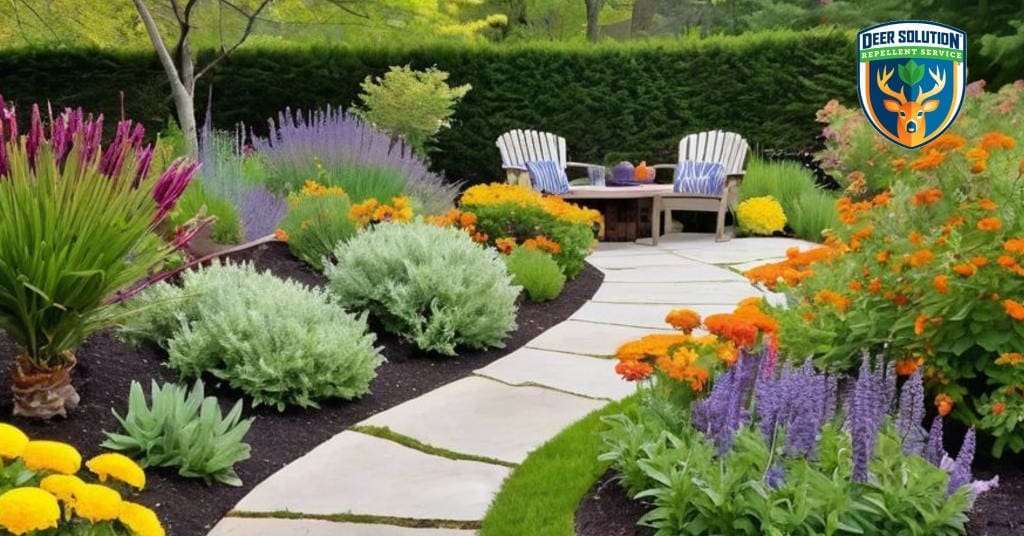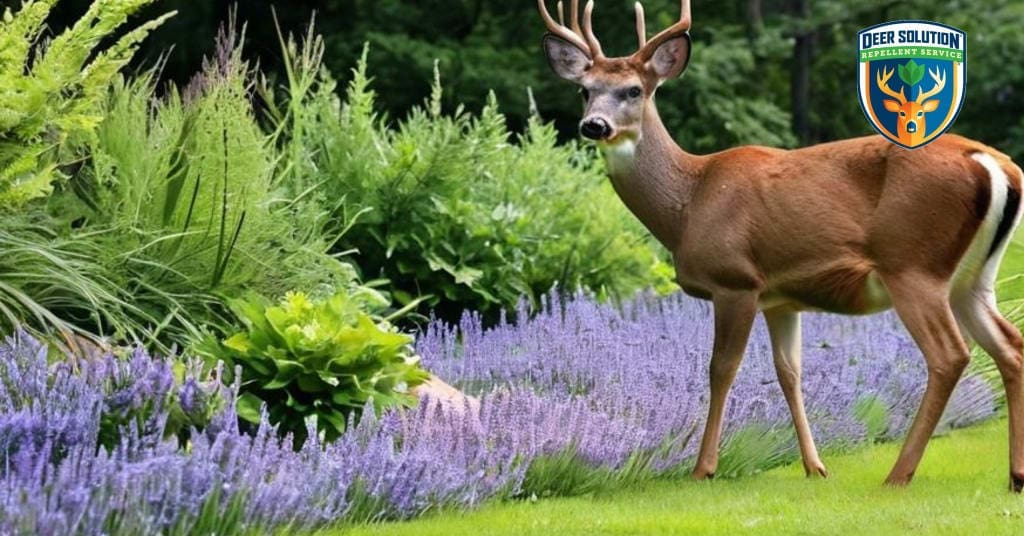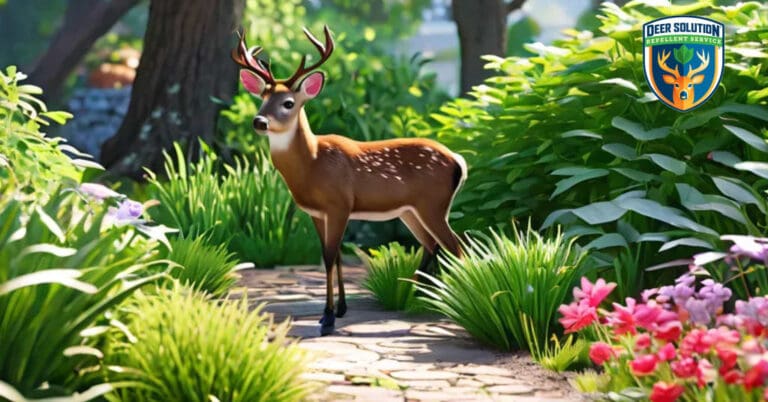Willowleaf Cotoneasters (Cotoneaster salicifolius) are beloved for their graceful arching branches, delicate leaves, and vibrant red berries that endure through winter. These versatile shrubs offer more than just visual appeal—they stabilize soil, support wildlife, and thrive in challenging environments. But for gardeners wondering, “”do deer eat Willowleaf Cotoneasters?”” the answer lies in their unique characteristics and adaptability. Let’s explore how these shrubs combine beauty, resilience, and functionality to enhance any landscape.
The Beauty and Practicality of Willowleaf Cotoneasters
With their dense foliage and year-round interest, Willowleaf Cotoneasters are a gardener’s dream. In spring, their small white flowers attract pollinators, creating a lively scene as bees and butterflies flit among the blooms. By winter, their clusters of bright red berries stand out against the frosty landscape, offering a splash of color and vital food for birds.
These shrubs excel as ground cover, hedges, or slope stabilizers. Their ability to thrive in various soil types, combined with low maintenance needs, makes them an excellent choice for both novice and experienced gardeners. Whether planted along a pathway or anchoring a garden bed, Cotoneasters add a timeless elegance to any outdoor space.
A Shrub That Deer Often Overlook
Do deer eat Willowleaf Cotoneasters? Though deer may occasionally nibble on tender shoots, these shrubs are typically less appealing due to their dense growth and leathery leaves. This natural resilience helps them evade heavy browsing, especially in areas with abundant alternative food sources.
However, during harsh winters or food shortages, deer may still sample the foliage out of necessity. To further deter browsing, consider companion planting with aromatic herbs like lavender or rosemary, which naturally repel deer. Strategically placing Cotoneasters near these plants can enhance their resistance and maintain the shrub’s pristine appearance.
Supporting Pollinators and Stabilizing Landscapes
Beyond their deer resistance, Willowleaf Cotoneasters are ecological powerhouses. Their nectar-rich flowers sustain essential pollinators like honeybees and bumblebees, while their vibrant berries attract birds such as robins and cedar waxwings. These interactions enhance biodiversity, turning gardens into thriving ecosystems.
Their structural benefits are equally impressive. With robust root systems that anchor soil, Cotoneasters are a go-to solution for erosion-prone areas like slopes or riverbanks. In rain gardens, they help mitigate runoff and improve water infiltration, making them invaluable in sustainable landscaping projects.
Caring for Cotoneasters Through the Seasons
Proper seasonal care ensures that Willowleaf Cotoneasters remain healthy and vibrant year-round:
- Spring: Prune away winter-damaged branches to promote new growth. Apply a balanced fertilizer to support blooming and foliage development.
- Summer: Water consistently during heatwaves and mulch around the base to retain moisture and suppress weeds.
- Fall: Reduce watering as dormancy approaches. Avoid heavy pruning to protect new growth from frost damage.
- Winter: Insulate roots with a thick layer of mulch. In snowy regions, gently remove heavy snow from branches to prevent breakage.
By adapting care to the seasons, gardeners can maximize both the resilience and aesthetic appeal of these hardy shrubs.
Designing for Resilience with Cotoneasters
Willowleaf Cotoneasters are foundational plants in long-term garden planning. Their ability to stabilize soil, resist deer, and support wildlife makes them indispensable in creating sustainable, multi-season landscapes.
Consider using them on slopes to reduce erosion, pairing them with evergreens or ornamental grasses for a layered visual effect. In urban gardens, they thrive in microclimates near retaining walls or rocky areas, where they benefit from added protection against frost. Thoughtful placement ensures these shrubs remain a vital component of any garden for years to come.
Transforming Gardens with Willowleaf Cotoneasters
Willowleaf Cotoneasters embody the perfect balance of beauty, resilience, and sustainability. Their vibrant berries, pollinator-friendly flowers, and erosion-controlling roots make them a smart choice for eco-conscious gardeners. By incorporating them into your landscape, you’re not just enhancing its appearance—you’re creating a thriving ecosystem.
For those navigating deer-related challenges, services like Deer Solution provide tailored, eco-friendly strategies to protect your garden. Combining professional support with resilient plants like Willowleaf Cotoneasters helps you cultivate a landscape that’s as functional as it is stunning.












